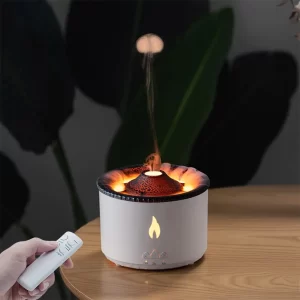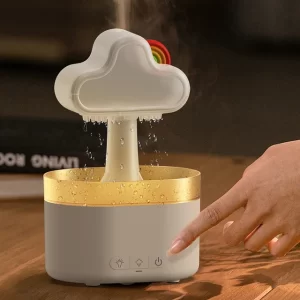Is it OK to use humidifier everyday?
Introduction
Humidifiers are commonly utilized to combat dry air conditions, particularly during the winter months or in arid climates. While these devices offer numerous benefits, it is important to understand proper usage and potential considerations associated with daily use. In this guide, we will explore the advantages of using a humidifier daily, discuss potential drawbacks, and provide recommendations for safe and effective usage. By understanding the factors involved, you can confidently determine if daily use of a humidifier aligns with your needs and create a healthier living environment.
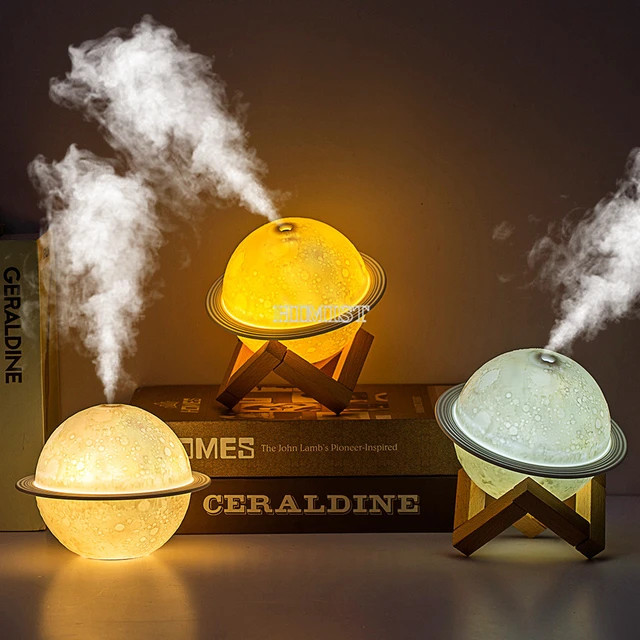
Is it OK to use humidifier everyday?
I. Benefits of Daily Humidifier Use
-
Combat Dry Air:
- Daily use of a humidifier helps address the discomfort caused by low humidity levels. It can alleviate dry skin, chapped lips, dry throat, and irritated nasal passages, promoting overall comfort and well-being.
-
Respiratory Health:
- Adequate humidity levels can support respiratory health by preventing dryness in the airways and reducing the risk of irritation, congestion, and related respiratory symptoms. Daily use of a humidifier may benefit individuals with allergies, asthma, or other respiratory conditions triggered by dry air.
-
Moisturize Skin:
- Dry air can contribute to excessive moisture loss from the skin. Using a humidifier daily can help maintain skin hydration and prevent issues such as dryness, itching, and flaking. This is especially beneficial during colder months when the skin is more susceptible to dryness.
-
Prevent Damage to Wooden Furniture and Floors:
- Proper humidity levels are crucial for the preservation of wooden furniture and flooring. Dry air can cause wood to crack, split, or warp over time. Daily use of a humidifier helps prevent these damages by maintaining consistent moisture levels.
-
Reduce Static Electricity:
- Dry air often leads to an increase in static electricity, resulting in unpleasant shocks from fabrics, carpeting, or electronic devices. By adding moisture to the air, a humidifier can minimize static electricity buildup, creating a more comfortable and static-free environment.
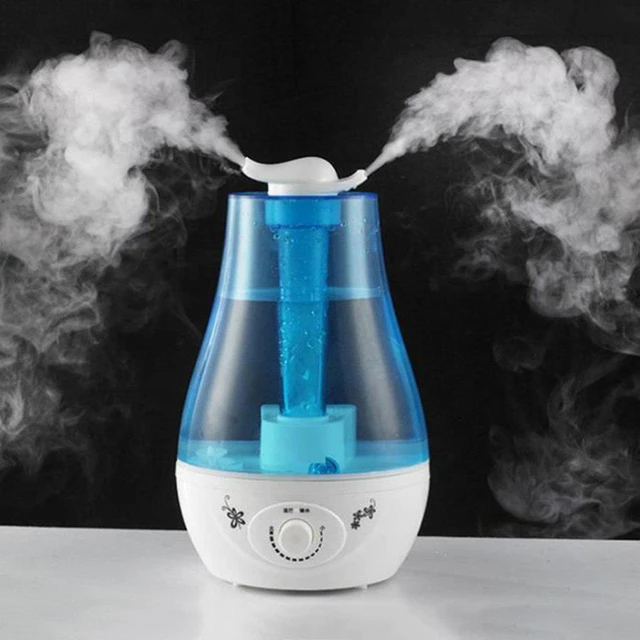
II. Considerations for Safe and Effective Usage
-
Optimal Humidity Range:
- It is important to maintain proper humidity levels to avoid potential issues. The recommended range generally falls between 30% and 50% relative humidity. Excessive humidity levels can promote the growth of mold, bacteria, and dust mites, while insufficient humidity can result in dryness and discomfort. Use a hygrometer to monitor and ensure that humidity levels remain within this range.
-
Regular Cleaning and Maintenance:
- To prevent the growth of mold, bacteria, or mineral deposits, it is crucial to clean and maintain your humidifier regularly. Follow the manufacturer’s instructions for cleaning, disinfecting, and changing the water in the humidifier. Failure to perform regular maintenance can lead to the release of harmful particles into the air and affect the overall air quality.
-
Use Filtered or Distilled Water:
- To minimize the dissemination of minerals and impurities into the air, use distilled or filtered water in your humidifier. Tap water may contain minerals that can be released into the air as white dust and settle on surfaces.
-
Proper Room Sizing and Ventilation:
- Select a humidifier size appropriate for the room where it will be used. Oversized humidifiers can lead to excessive moisture levels, while undersized ones may not effectively increase humidity. Additionally, ensure proper room ventilation to prevent excessive humidity buildup and facilitate airflow.
-
Avoid Over-humidification:
- Excessive humidity can have negative consequences, such as condensation on windows or walls, increased mold growth, and musty odors. It is important to strike a balance and avoid over-humidifying your space. Continuously monitor humidity levels and adjust the humidifier settings as needed to maintain a comfortable and healthy environment.
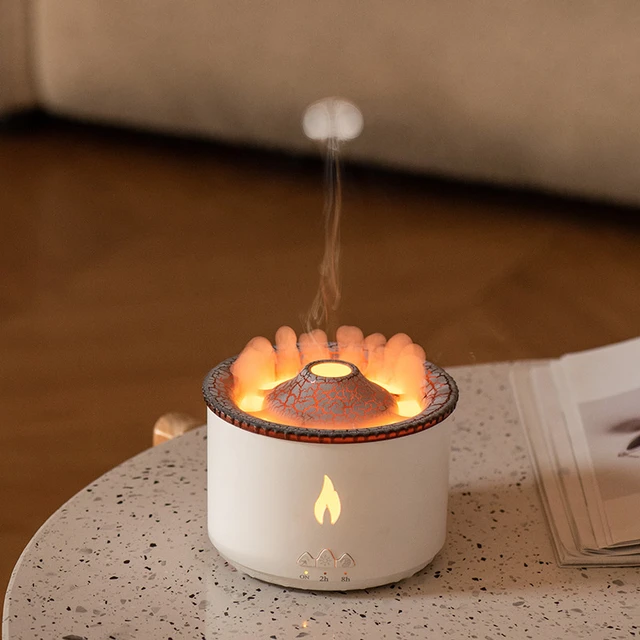
III. Potential Drawbacks and Precautions
-
Allergic Reactions and Respiratory Issues:
- While a humidifier can provide relief for respiratory conditions, excessive use or improper maintenance can exacerbate certain allergies or respiratory issues. Mold, bacteria, and other contaminants can thrive in a poorly maintained humidifier. Regular cleaning and maintenance are crucial to prevent these issues.
-
Dust Mite and Mold Growth:
- High humidity levels can promote the growth of dust mites and mold in the environment. Individuals with allergies or sensitivities to these allergens should be cautious with humidifier usage, ensuring that proper cleaning and maintenance routines are followed.
-
Increased Energy Consumption:
- Running a humidifier continuously can lead to increased energy consumption. Consider using energy-efficient models and adjusting the settings appropriately to optimize energy usage. Some humidifiers have built-in humidistats that automatically regulate the humidity level to conserve energy.
IV. Determining the Need for Daily Use
-
Climate and Seasonal Variations:
- Evaluate your specific environmental conditions, such as seasonal changes and climate patterns. Daily humidifier use may be more necessary during colder months when dry air is prevalent. Adjust the frequency of usage based on the humidity levels and your comfort needs.
-
Specific Health Concerns:
- Assess your personal health conditions and concerns. If you experience frequent dryness, discomfort, or respiratory issues triggered by dry air, using a humidifier daily may be beneficial. Consult with a healthcare professional if you have specific medical concerns related to indoor air quality or humidity levels.
-
Monitoring Comfort Levels:
- Regularly assess your comfort levels and adjust humidifier usage accordingly. If you find that certain areas of your home feel excessively humid or that you are experiencing discomfort, reduce or modify the usage of the humidifier.
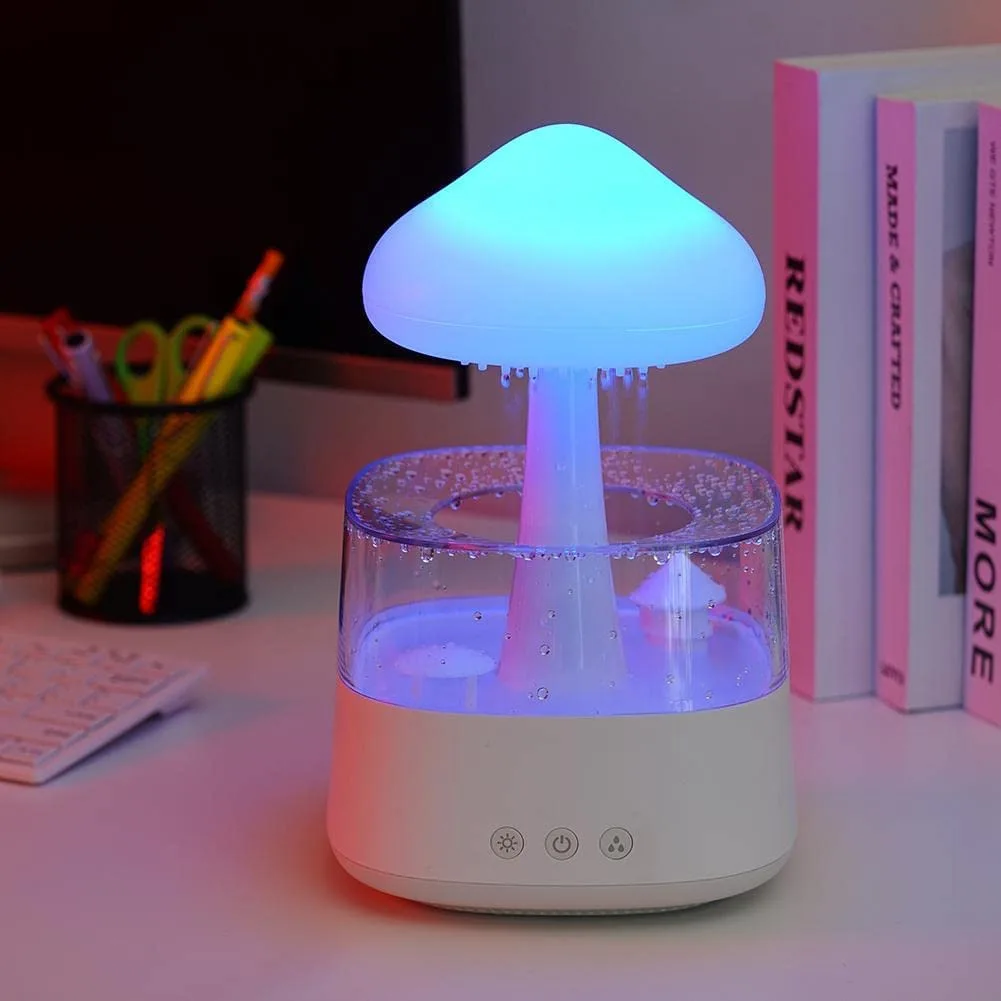
VI. Alternative Ways to Increase Humidity
-
Natural Humidification:
- Apart from using a humidifier, there are natural methods to increase humidity levels in your home:
- Allow for indoor drying of clothes: Hanging wet clothes indoors can release moisture, increasing humidity levels.
- Use a drying rack: Placing a drying rack near a heat source, such as a radiator or heater, facilitates the evaporation of water, adding moisture to the air.
- Utilize houseplants: Plants release moisture through a process known as transpiration. Placing several houseplants strategically around your home can help increase humidity levels naturally.
-
Hydration:
- Personal hydration is important for maintaining optimal overall health and keeping mucous membranes adequately moist. Staying hydrated by drinking ample water throughout the day can contribute to a more comfortable indoor environment.
VII. Seeking Professional Advice
-
Allergies and Respiratory Conditions:
- If you or any household members have existing allergies, respiratory conditions, or other health concerns affected by indoor air quality, consult with a healthcare professional or an allergist. They can provide personalized recommendations regarding the use of humidifiers and address any potential risks or considerations.
-
Indoor Air Quality Assessment:
- Consider hiring a professional to assess the overall indoor air quality of your home, including humidity levels. These professionals can identify potential issues, suggest improvements, and offer tailored solutions to optimize your living environment.
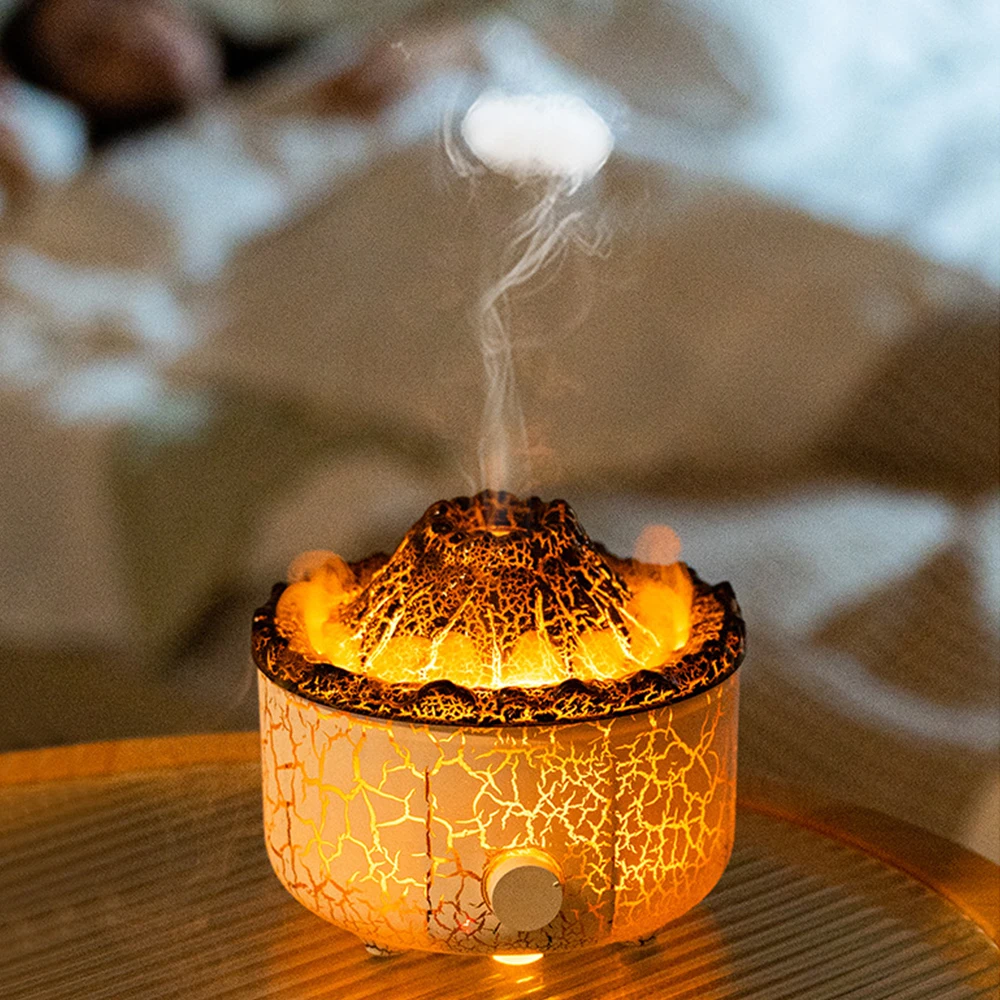
V. Conclusion
Using a humidifier daily can provide numerous benefits, including increased comfort, enhanced respiratory health, and protection against dry air-related issues. However, it is important to consider the proper maintenance, monitoring, and potential drawbacks associated with humidifier usage. Regular cleaning, maintenance, and monitoring of humidity levels ensure safe and effective usage. Assess your specific needs, conditions, and comfort preferences to determine if daily use of a humidifier is necessary. Strive for a balance in maintaining optimal humidity levels to create a healthy and comfortable living environment.
